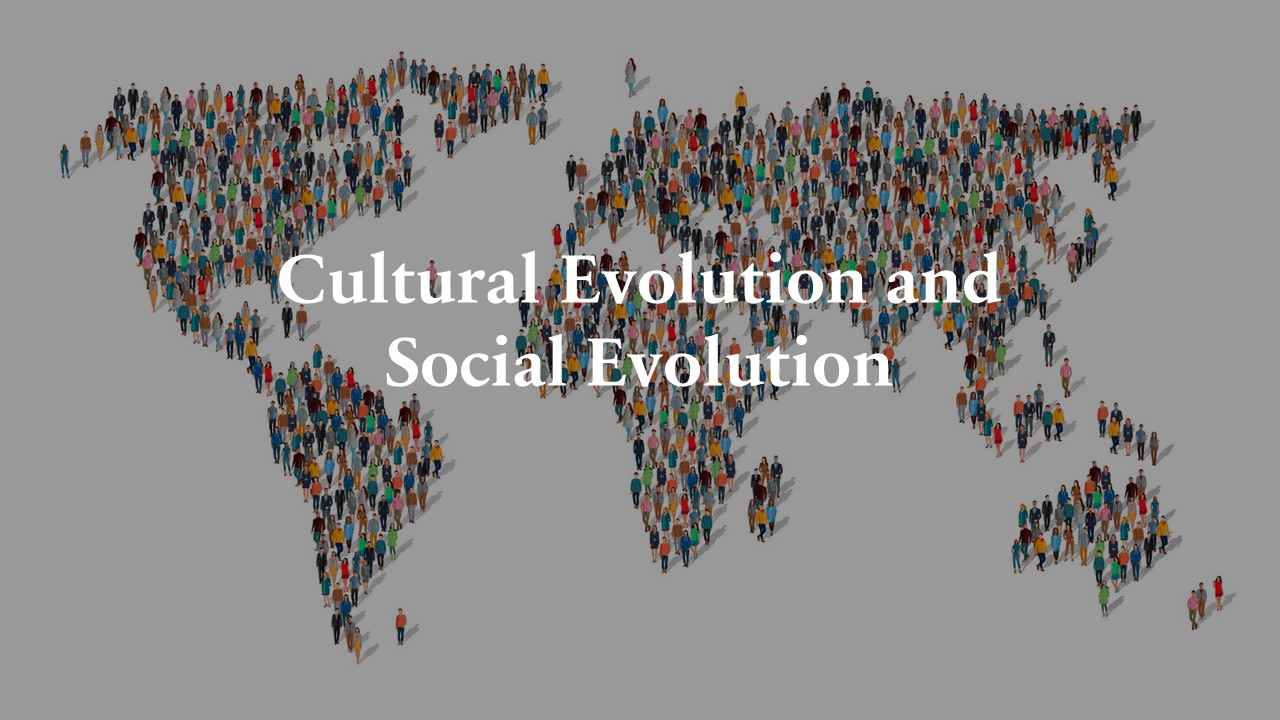Throughout the centuries, the interaction of biological, ecological, social, economic, and cultural factors has determined the evolution of human mental processes, behaviors, and social practices. Therefore, evolutionary approaches are currently popular not only in the biological sciences but also in the social sciences. Social scientists delve into research on cultural evolution that explains many biological and social phenomena that have appeared throughout human history and in contemporary cultural contexts (see for review, Karandashev, 2022).
What Is an Evolutionary Perspective?
For the comprehension of many events and facts in life, behavior, and society, the evolutionary approach, as a scientific framework of thinking and inquiry, is progressive, productive, and logical. According to general evolutionary theory, evolution is the process by which organisms, individuals, societal groups, ideas, cultural phenomena, artifacts, and societal institutions change over time. These changes occur due to changes in the physical, biological, and social environments and help people adapt, survive, and thrive.
Evolutionary processes in humans and societies happen at different levels, such as the level of individual life, the level of species, the level of local cultural groups, and the level of larger social groups. Because of mutations, organisms, species, social groups, and individuals possess a wide range of qualities, attributes, traits, and features. Some organisms, species, social groups, and individuals have better-suited qualities and are well-suited for their environment. Therefore, they are more likely to “survive,” “reproduce,” and pass on their qualities to a future generation (Karandashev, 2021).
What Is Behavioral Evolution?
The basic needs of humans are the same or similar. However, they live in different local biological and social conditions, which provide them with different ecological, economic, and social affordances to meet these needs. Therefore, they adjust and adapt accordingly. These are the sources of their biological and cultural evolution.
Due to various geographical, economic, and cultural circumstances, different societies and local communities can afford individuals to exhibit certain personality traits, behaviors, and social relations. For example, collectivistic and individualistic societies provide different sets of affordances for people. They differ in the ways in which they shape the personalities and behaviors of people.
Collectivistic societies are characterized by interdependent and often hierarchical social organizations. They have low geographic, social, and relationship mobility. Collectivistic societies’ social norms promote interdependent models of self in people while discouraging the open expression of emotions.
Individualistic societies are characterized by independence in social organization that is often egalitarian. They have relatively high geographic, social, and relationship mobility. Individualistic societies encourage people to develop independent models of themselves and to express their emotions openly (Karandashev, 2021).
What Is Social Evolution?
Social and cultural evolution are changes in social and human life that are based on the same evolutionary process and principles.
According to the evolutionary processes of social selection, societies acquire and transmit some social institutions, actions, and changes more easily than others. Such social transmission transforms and alters them. Organizations of social groups, human cooperation, and competition evolve over time because of the social and economic development of societies (Karandashev, 2021).
For example, social evolution favors human cooperation. From an evolutionary perspective, people who have lived more cooperatively are better suited to their environment. And over time, this capability has been passed down from one generation to the next, changing the way people live and work. The more cooperative type of personality evolved across generations. The evolution of people’s ability to work together also explains the social organization of communities and larger societies throughout history.
As a result, humans are more cooperative than other primates, and this makes a big difference (Tomasello, 2011).
What Cultural Evolution?
Cultural evolution explains how cultural knowledge, ideas, meanings, values, norms, and practices transmit and evolve over time according to the principles of variation, differential fitness, and inheritance (in similar ways as in biological species). Cultural evolution occurs when the environment supports certain social ideas, cultural values, social norms, behaviors, and personality traits over others.
The cultural evolution of languages, social organizations, human cooperation and competition, and cultural traditions and norms present such examples (e.g., Whiten, Hinde, Stringer, & Laland, eds., 2012; Mace, 2000; Mace & Holden, 2005, see for review, Karandashev, 2021). Some principles of genetic evolution, however, are not relevant to cultural evolution (Mesoudi, 2016; Mesoudi, Whiten, & Laland, 2006).
